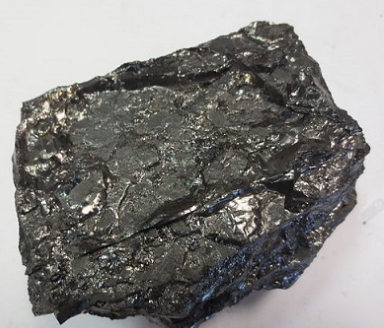
Anthracite is a black, hard coal with high carbon content that can be used for power generation and as an alternative to coke in EAF steelmaking. The anthracite is found at only a couple of places in the world. These two grades are used primarily in metallurgy.
Anthracite, in the steel industry, is used for direct injection or pulverised coke injection (PCI), as well in EAF plants. It can also be used in the Bessemer reheating process to heat the molten iron.
Anthracite, currently, is the most common source of carbon in the EAF process. To cut down on their emissions, companies are seeking out alternatives to fossils fuels. As a result, several studies have been conducted on different types of carbonaceous materials as possible substitutes for Anthracite. Research has been conducted on biochars and biomass as carbon sources for the EAF. There is also research into the effects of plastics and circular rubber in the EAF.
To compare the performance and durability of different carbonaceous substances, carburization experiments were performed on a lab scale EAF. Briquettes containing synthetic Graphite, Anthracite Coal and two types biochar were used for this purpose. The briquettes are charged in pairs. After a time interval, the melt is analysed. The results are shown in the following table.

The results showed that all three carbonaceous materials could perform as a replacement for Anthracite. Results also showed that BC2 Biochar performed slightly higher than BC1. The higher ash levels of the biochar BC2 could explain the results. The SEM images show clear differences between the carbonaceous materials. Graphite has a more granular texture, while Anthracite, BC2, and BC1 have flaky textures. SEM images reveal that BC1 & BC2 have a higher porosity compared to Anthracite & Graphite.
In order to confirm the positive results from the laboratory tests, Hoganas Halmstad conducted a preliminary test on the 50-t EAF. The table 6 presents the total amount of carbon charge added via big bag in the first scrap basket for each heat along with the corresponding carbon and sulfur analysis.
It is clear that the replacement of Anthracite for biochar does not cause any deviations to normal EAF operation. Moreover, the use of biochar as an alternative material appears to have no negative effect on the steel produced by EAF. The carbon substitution can easily be implemented with industrial EAFs and requires minimal effort. Carbon-neutral biomass and recycled rubber/plastic are being used by some companies to replace charge carbon. This process is known as low-carbon or green.

Write a Message